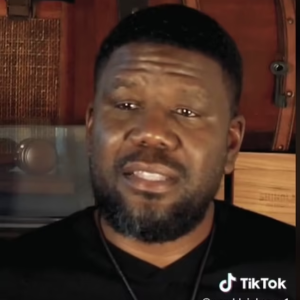Sometimes a single moment can stop a mother’s heart, especially when grief still lingers. That is what happened to Kim Erick when she walked through a well-known museum exhibit and thought she recognized the unthinkable — her late son’s body. The sight stunned her, reopening questions she had carried for years.
Kim lost her son Chris in 2012 when he was just 23. His death was first believed to be a heart issue, then later ruled a suicide after cyanide was found in his system. Even with the investigation closed, Kim always felt something about the case didn’t make sense. The marks on his body and the confusion around his cremation left her struggling for clarity.

Her turning point came in 2018 when she saw a plastinated body in the Real Bodies exhibition that looked strikingly familiar. The posture, the shape, even an old skull fracture — everything reminded her of Chris. The possibility shook her deeply, and she began asking for DNA testing to confirm or dismiss her fears.
Kim believes the body could be her son and says certain identifying marks may have been altered. The exhibit’s organizers firmly deny this, stating the specimen has been displayed since 2004 and cannot be linked to Chris. They insist all bodies are ethically sourced and remain unidentifiable.
Despite these assurances, Kim still longs for answers. She worries the body has since been moved and may never be found again. And through every twist in her search, one thought remains steady — a mother simply wants her child’s story to be known, and his memory to be honored.




